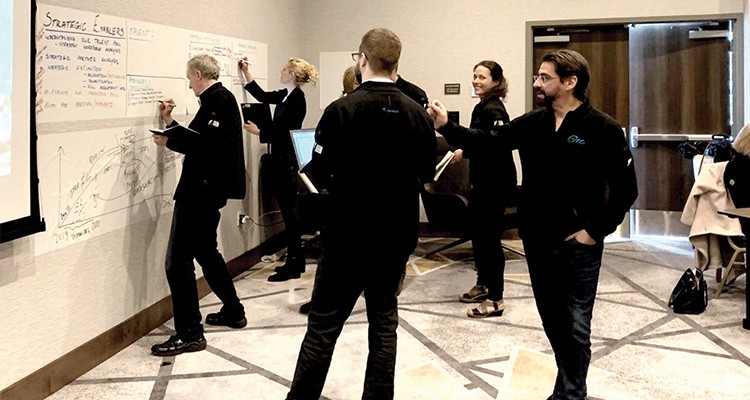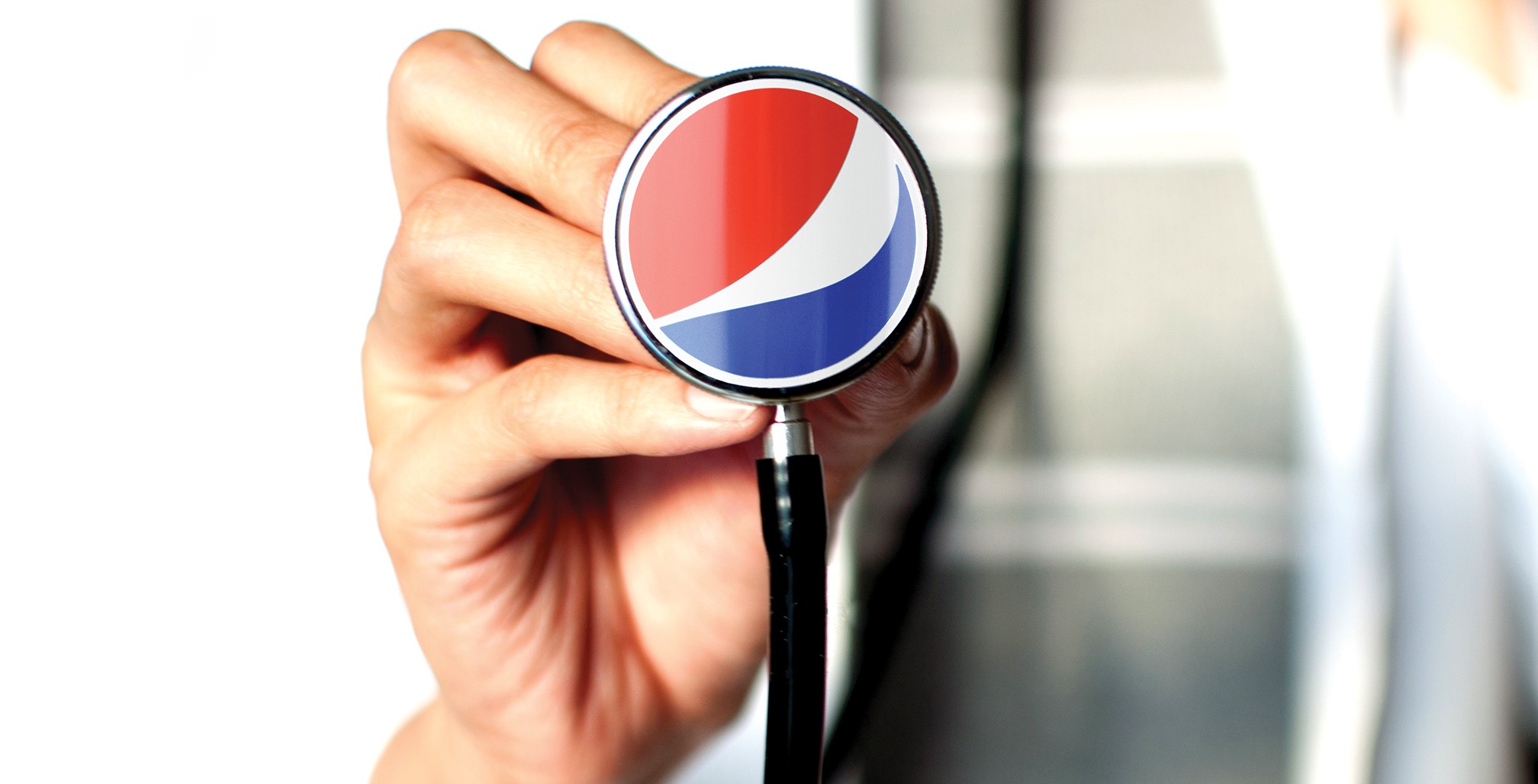Grappling with a pandemic is tough enough for any business, but for a global food and beverage company such as PepsiCo, which operates in 200 countries on six continents, the spread of a pandemic requires a coordinated response on a massive scale.
A vast global reach and product portfolio presented both a challenge and an advantage. The company had to monitor the pandemic around the world and anticipate how the virus would affect its ability to produce, distribute and sell its food and beverage products. It also had to keep its employees safe. Fortunately, an innovative, agile culture provided a foundation for early success, and key changes put into motion before the pandemic have helped the company maintain its operations and minimize disruptions.
It helps to have a doctor at the leadership table. As PepsiCo’s global Chief Medical Officer and Senior Vice President of Life Sciences, Pietro Antonio Tataranni, M.D., is responsible for developing and executing a nutrition and biosciences strategy across the company’s entire portfolio. In his newly expanded role of chief medical officer, he is responsible for continuing to oversee all aspects of the company’s efforts to protect its global workforce, products and communities in the face of the COVID-19 pandemic. (Companies from cruise lines to the CPG industry have added this new executive role to their C-suites in order to better navigate the pandemic with in-house expertise.)
A Head Start
As the pandemic began to spread in early 2020, Dr. Tataranni says, PepsiCo was already well into a companywide digital transformation. Among its goals was improving the sharing of knowledge throughout the organization.
As one element of the transformation, the team used AI to conduct Q&A sessions with its R&D subject experts around the world; the results were captured, sorted and codified, creating a rich repository of project work and lessons learned. As Dr. Tataranni says, “This lets us ‘data mine’ our colleagues.”

Bringing cross-functional teams together gave PepsiCo an agile edge as it responded to the pandemic.
This has proved especially beneficial in a far-flung environment that offers fewer opportunities for organic, in-person sharing of knowledge. “We’ve also created a robust, digitally powered Knowledge Center that helps my 2,500-plus R&D colleagues source knowledge faster and smarter,” Dr. Tataranni says. “This in turn unleashes product innovation and advances our sustainability goals. COVID-19 has disrupted our lives in many ways, but it’s also made the need for accelerated innovation more urgent.”
As the pandemic spread, the company’s PepsiCo Way culture—which encourages collaboration and taking calculated risks for the benefit of the company—meant local teams were empowered to make decisions based on relevant pandemic factors in their areas.
“Our local teams are embedded within the markets where they operate, and we rely on their counsel and on-the-ground perspective to guide our decision-making,” Dr. Tataranni says. “For example, some of the early safety protocols that were developed by our APAC team became the foundation for the safety protocols that were eventually deployed by the rest of the organization. “This meant that by the time the Chinese team knew how to handle certain issues, their knowledge could be transferred quickly to the European team, and the American team was watching both teams and anticipating how their knowledge could be applied in the U.S.”
“It would be tragic if you went through this kind of experience and you were the same person or the same manager before and after. My hope is that people let this experience change them for the better.” —Dr. Pietro Antonio Tataranni
Pivoting Through a Pandemic
PepsiCo’s second advantage going into the pandemic was an organizational construct that embedded R&D within the global commercial organizations. This gave R&D team members fast access to emerging insights, such as rapid changes in consumer habits as the pandemic caused sports and music venues to shut down.
“People started to gather around food in their homes at a frequency that had not been seen in recent times in the Western world,” Dr. Tataranni says. “We’re closely tracking how our consumers’ everyday experiences are being changed by the pandemic, and what this means for the food and beverage industry and our products. “Integrating our key capabilities, like Global R&D, Marketing, Insights, eCommerce and Design, under one organization drives efficiencies and true speed to market. Our cross-functional teams now work more closely together, which has allowed us to be quick and agile amid the pandemic.”
Perhaps as valuable as having R&D embedded throughout the organization is the fact that a doctor is one of the function’s key leaders. As Dr. Tataranni puts it, “I am the physician in the company.” As such, he is well positioned to synthesize information about the pandemic and to provide PepsiCo with the right information at the right time so that the company can make decisions based on sound scientific information and intelligence.
Embracing the Collective Hero
“As the pandemic continues throughout the world,” Dr. Tataranni says, “we are taking proactive steps grounded in science to protect the safety of our products, care for our more than 260,000 associates and support our communities.” He embraces the servant-leader approach: “It’s beautiful to see how under these circumstances, larger organizations are moving very quickly from the individual hero approach to the collective hero approach. It was absolutely beautiful to be embraced in this effort and to lead or follow, depending on the circumstances.”
At PepsiCo, Dr. Tataranni has seen empathy take root as the company’s response to the pandemic has unfolded. He hopes that managers and team members will continue to apply COVID-19 learnings to business practices going forward. What if organizations could maintain the heightened sense of optimism and collaboration that gets them through a crisis?
“These are very powerful experiences, and very powerful situations to live through, because they change you not only as a person, but also as a manager,” he says. “It would be tragic if you went through this kind of experience and you were the same person or the same manager before and after. My hope is that people let this experience change them for the better.”







